My wife and I are looking at a potential retail store space in a local strip maul. When inspecting the inisde of the space I noticed many places on a west facing exterior wall where the paper was lifting off the drywall. I pulled some of it off and noticed it was slightly damp and smelled musty. I didn’t see any mold or mildew. We asked the building owner to inspect this condition and he did and told us that there were no leaks from the roof or outside block wall and that he thinks the moisture was caused by either a bad vapor barrier or lack of. We don’t want the owner to hire some flunkies to go in there and throw up new drywall with a vapor barrier until we throughly understand the proper materials and methods that should be used for this situation.
This is an exterior wall constructed with 8×16 textured concrete blocks with 2″ rigid foam between 2″ metal furring channels. My question is what type of vapor/air barrier should be used and where should it be installed……between the foam and drywall, between the metal furring channel and the block, or no vapor barrier at all? Most information I have found says the vapor barrier should be on the heated/cooled side of the insulation which would be between the dryall and the insulation.
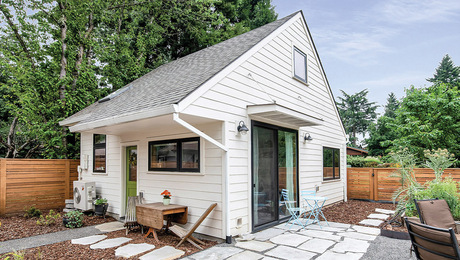

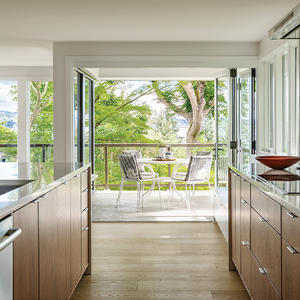
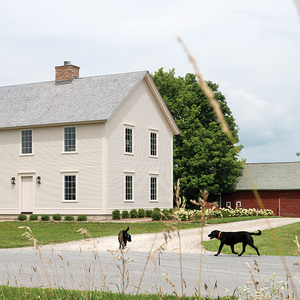
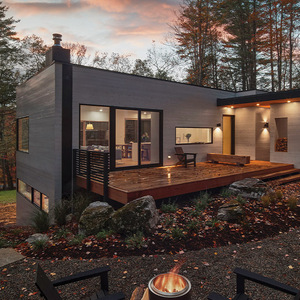
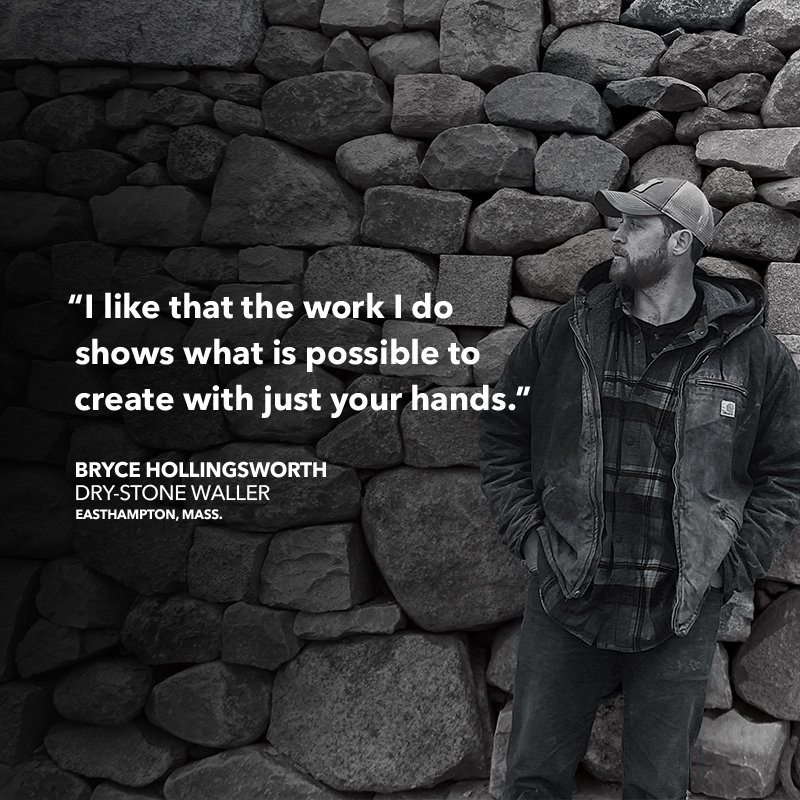













Replies
Wood, where is this wall?
The back where there's no protection or out front, "under" the canopy and above the raised sidewalk?
That assumes there's any protection whatsoever and there's a raised sidewalk off the drive-parking lot.
I've worked on many strip malls, commercial bldgs and there seems to be a problem (moisture) at the back where they've built the place then proceeded to pave the delivery area/parking/backside. Much of this moisture initiates at the asphalt/wall line-soaking the ground/footing and then wicks it's way up the block-usually efflorescing near the bottom foot of block wall (on the inside).
Give a location, so we know your weather.
I'm skeptical of the vapor barrier excuse, unless this is in the deep south.
The primary vapor barrier in a block wall is the stucco and paint on the outside. Once water gets into the block you have lost the war.
The secondary barrier is the one on the inside of the wall to stop the moisture you create inside from getting to the block and insulation.
I agree with the other poster, look at the block to paving interface for leaks. This should have been sealed below the paving beflore it was paved. Now you are left with some kind of caulking solution.